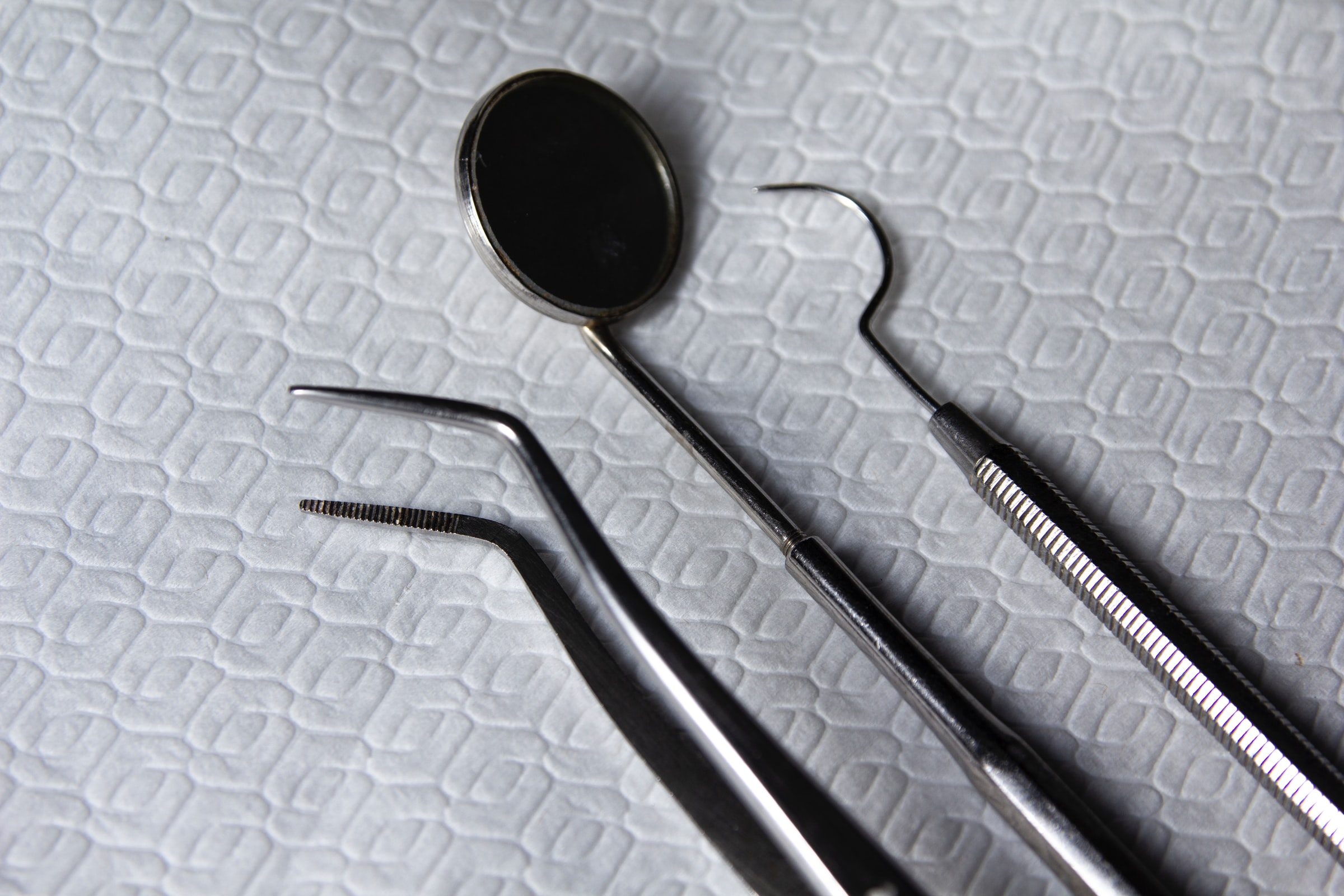
May 26, 2022
What to Consider Before Selling Your Dental Practice

Deciding to sell your dental practice can arguably be the most challenging step in the transition process. With the right team of advisors in place, it can be a financially and emotionally fulfilling experience. But where do you start, and how is the value of your dental practice determined? Whether you’re ready to begin planning your transition strategy or you want to learn more about your options, it’s important to understand what impacts the sale of your dental practice. Here are the top five considerations before selling your dental practice.
Know the facts
It’s easy to talk in hypotheticals when thinking of selling your dental practice, but there are a lot of considerations to get on your radar sooner rather than later. You’ll want all the information available to make the best decision for your dental practice.
Before entertaining offers, you’ll need to have a prospectus in place for both an individual buyer and a group to assess the fair market value of your dental practice as this can vary based on a range of factors. A prospectus includes practice and patient demographics, practice location, staff, insurance, facility, equipment, production summary by category, financial analysis, practice valuation and return on investment.
This will help determine if your practice is healthy enough to bring on a partner, whether you should consider affiliating with a dental service organization (DSO), or if you need to make some drastic changes so your practice is more appealing to potential buyers. The most common transitions include:
- Buy-out: Purchasers buy a practice within a relatively short time period. On average, this takes about three to six months and is the quickest transition route.
- Buy-in: A specific buyer purchases a defined portion of the dental practice. This is a longer-term approach that can expand the value of your practice over time.
- Affiliation: You sell a percentage of your business to another entity, typically a DSO, with the intent to slowly transition out of the practice and give up clinical control to the group. This is an excellent way to maximize the practice’s value.
- Associate to buy-in: A group of associates will court a potential buyer to purchase over a period of time. This process ensures compatibility and a smooth transition to map out the future of the practice. Division of power is the biggest decision that needs to be made with this method. While this is the longest approach — taking at least five years — it’s also the most flexible.
- Associateship: Yes, you can sell to associates while maintaining full control, but in this method, not everything is agreed upon upfront, leading to a mere 20% success rate.
- Merger: Two existing dental practices combine into one entity, and owners often stay on as equal partners after merging. Mergers offer great benefits, like the net income remaining constant or even increasing because there is no loss of business.
- Roll-up: You purchase multiple dental practices and combine them under one entity to maximize economies of scale. This can boost the value of your practice when it’s time to sell. A roll-up transition is the most lucrative if you have the time and capital to dedicate to this plan.
Make a plan
No matter the reason for your transition, starting the process as early as five years out will give you ample time to identify and make changes to your dental practice to improve the valuation. A good broker will make suggestions on how to amplify your marketing efforts, increase production, and streamline costs and efficiency, including dental supplies, lab costs and even payroll in an effort to increase profitability.
Starting the transition process early also gives you the flexibility to be more discerning with the offers you receive. If you’re in a pinch to sell your practice, you may be forced to take one of the first offers and leave money on the table. Being in the driver’s seat of the sale affords you the time to evaluate offers and choose the best one for you, your staff, and your practice, as well as making your practice more attractive to DSOs looking for an affiliation.
Stay the course
Maintaining your production is one of the best things you can do to obtain the highest valuation possible for your practice because the financials from the most recent years will weigh the heaviest when determining the practice’s value. Slowing down your production can have a massive impact on the price you can get for the practice.
The same holds true for your practice’s specialty. Gearing up for a transition is not the time to focus on a new niche specialty or even make the move toward a multispecialty practice. By opening the practice up to a new specialty — like going from a general practice to a periodontics practice — you decrease the potential buyer pool, which can negatively impact your sale options.
Keep an open mind
Thirty years ago, one of the only transition options was taking on an associate who would hopefully buy your dental practice one day, but today, there are so many more possibilities. Working with a qualified broker will only open your eyes to a dental practice transition you might not have otherwise considered.
Your options are really only limited by your imagination. Do you want to start the process early so you can affiliate with a DSO before you retire? Or are you ready to get out of the business with a buy-out option so you can move into the next phase of your life? Asking yourself these questions and more will help you narrow down your choices so you can better prepare for the next steps.
What’s next?
Contact the experts at Professional Transition Strategies to get the ball rolling on the sale of your dental practice.